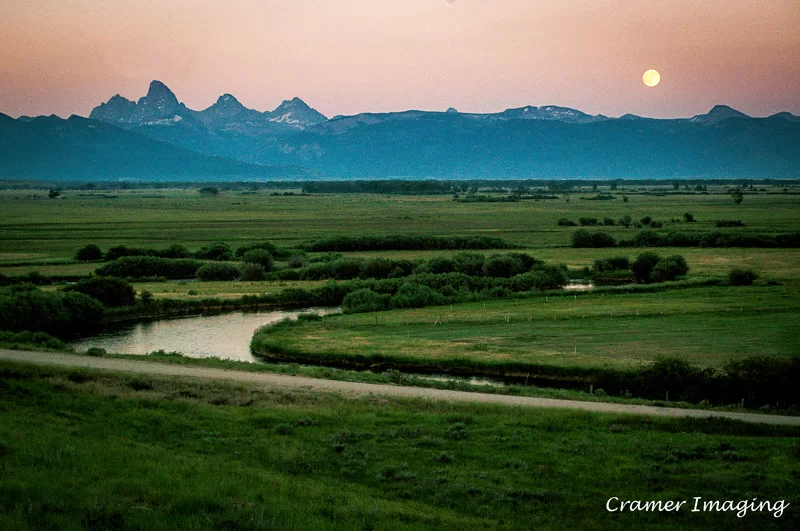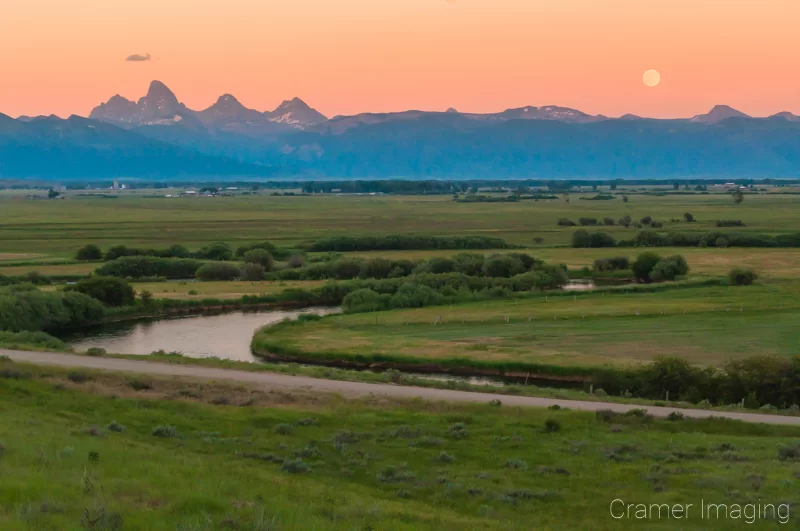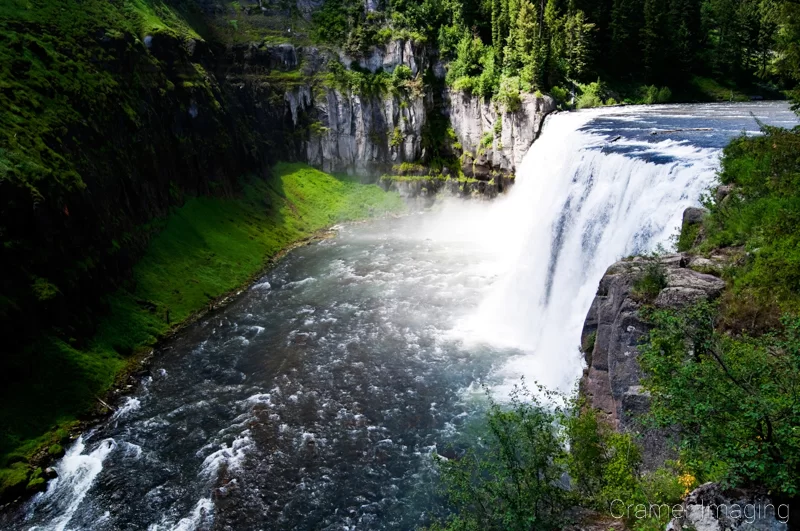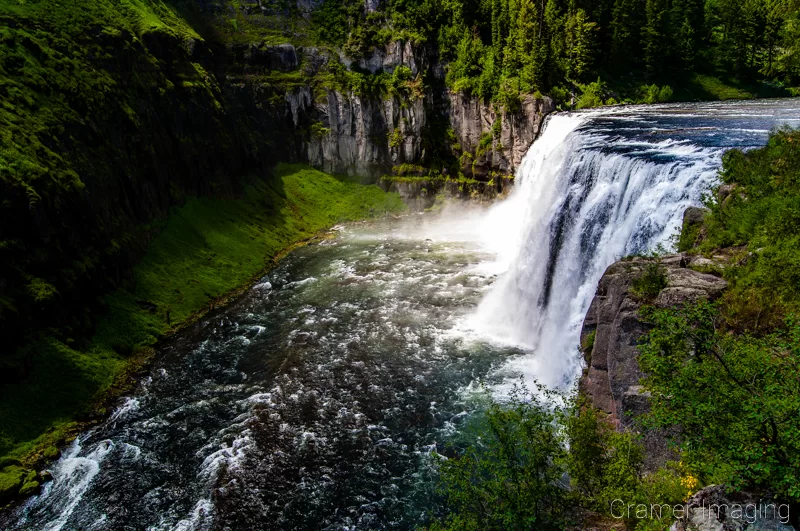Why I Changed to Lightroom from Photoshop
Shop

There are lots of different post-processing software options available to photographers of all skill levels but the industry standard has become Adobe’s Photoshop and Lightroom. (This is not a product endorsement at all, simply a statement of fact) As a professional photographer, I have used both tools and have found strengths and weaknesses with both products. I keep both around for a reason. Recently, I have found that I am migrating most of my processing into Lightroom from Photoshop and I would like to share why.

My Initial Training
When I began learning about photography in college, I was trained on how to use Photoshop CS4 as my “digital darkroom.” That was the latest and greatest product on the market at the time, though CS5 was soon to be released, so CS4 is what the photography and mass communications department used for this kind of work. I continued using this for a few years since it was what I knew. It has done well for me and continues to produce high quality photos for me to use.

No photographer can improve in a vacuum so I started checking out websites where I could improve my skills. As I researched photography techniques on the internet, with the expectation of expanding my Photoshop skill set, I came to see that most of the photographers out there, professional or otherwise, were using Lightroom instead. This irritated me for a while as it meant that I could not easily polish up my Photoshop skills using internet research.
When Photoshop Wouldn't Cut It Anymore

I starting working as a professional photographer and included weddings into my list of services offered along with other photography styles. When I did land a wedding job, I found that it was a ton of labor hours for me to prepare the final pictures for the customer only using Photoshop for my processing tool. I was on a fast track to a burn-out so I started looking at batching things.
Batch work is not easily done using Photoshop actions. I ended up learning this the hard way more than once. As it cost me a bunch of time, I wanted a better way to generate quality wedding and portrait photos so that I could make more money. However, I did not want to spend a ton of time processing them up after the shoot.
So, I finally decided to take a look at Lightroom for processing when I booked my first wedding this year. I hoped to use it and avoid the long processing hours I had been putting in previously. I didn’t want to go through all that effort again. So, I set the program up just in time for me to process up those wedding photos.
Lightroom to the Rescue
It was a good thing I made this decision and set things up too. I ended up delivering well over 1400 separate images after culling the poor quality photos out. The time saved alone was worth the effort of switching to the new software. Exporting the processed images made my life far easier so I took a deeper look at the tool Lightroom is.


I found out that I could export high resolution JPEGs, something that Photoshop CS4 was not letting me do. I found the full set of RAW controls already built in. Also, if I needed it, I could export and open the image file directly in Photoshop for that fine tuning I had been previously enjoying. Also, I enjoy working with the presets. I found plenty available for free and for purchase on the internet. My tech guy (my spouse) is much happier with the file size that comes out of Lightroom. It’s many times smaller than what Photoshop produces. I am still continuing to discover more about Lightroom as a photographer’s post-processing tool.


Conclusion
Lightroom has now become a very important processing tool for me as a professional photographer. It is saving me time and money. My photography business is greatly benefiting from making this switch just this year. I’m glad I was open to making a change. I would invite any other aspiring professional photographers to consider Adobe Lightroom as an important tool in their arsenal of post-processing.
Best Sellers
Cramer Imaging Newsletter

Receive monthly updates in your inbox from us.





